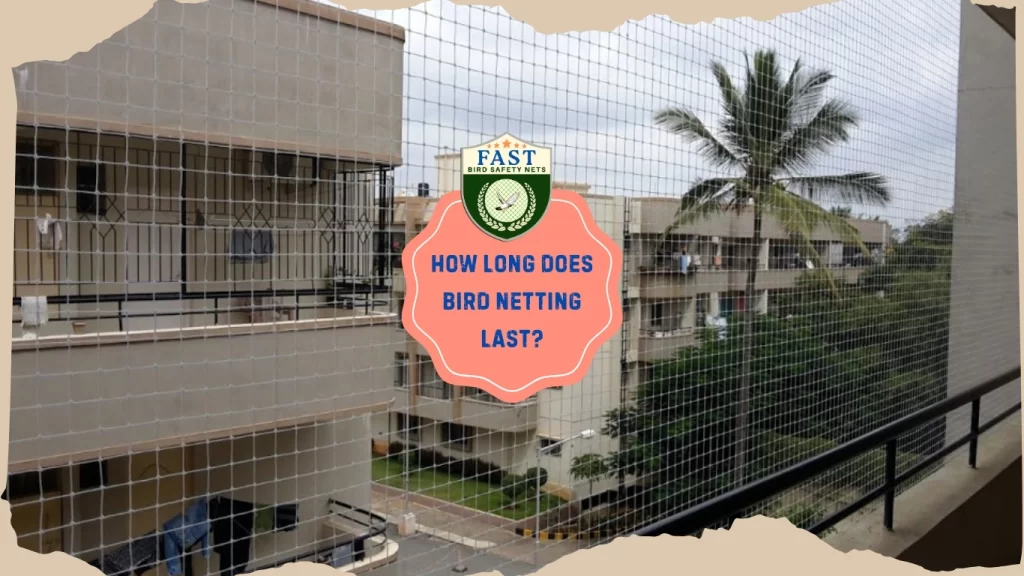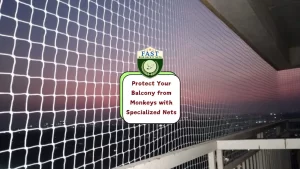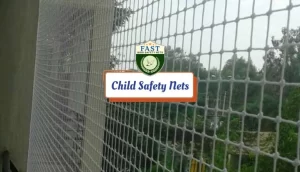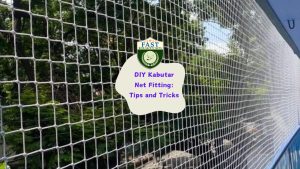Anti bird netting is a crucial solution for preventing birds from nesting and roosting in various areas of buildings, such as balconies, windows, terraces, duct areas, and open spaces. It serves as a barrier that deters birds without causing them harm. One of the common questions among property owners considering bird netting is about its lifespan. In this comprehensive guide, we delve into the factors influencing the longevity of anti bird nets and explore why it can last anywhere from a minimum of three years to a maximum of eight years, depending on the quality of the net.
Factors Influencing Longevity:
Quality of Material:
The durability and longevity of anti-bird netting are directly influenced by the quality of the material used in its construction. High-quality nets are typically made from UV-resistant polyethylene or nylon, which are designed to withstand outdoor conditions without deteriorating quickly. These materials offer excellent strength, flexibility, and resistance to environmental factors such as sunlight, rain, and wind.
Installation Technique:
Proper installation is paramount for maximizing the lifespan of anti-bird netting. If the net is not installed correctly or securely, it may become loose or develop tears over time, compromising its effectiveness. Professional installation ensures that the netting is tightly secured and properly tensioned, minimizing the risk of damage and ensuring long-term performance.
Environmental Conditions:
The environment in which the anti-bird netting is installed plays a significant role in its longevity. Areas with harsh weather conditions, such as extreme heat, heavy rainfall, strong winds, or severe cold, can accelerate the deterioration of the netting. Additionally, exposure to pollutants, chemicals, or corrosive substances in industrial or urban environments may also affect the lifespan of the net.
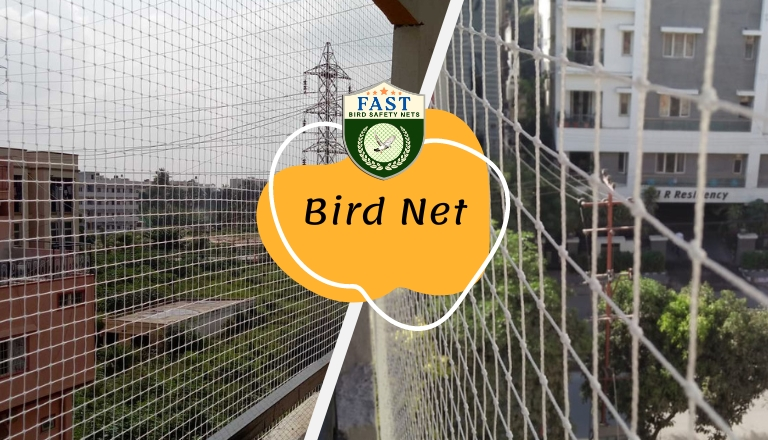
Minimum Life Expectancy:
Anti bird nets of good quality can typically last for a minimum of three years under normal conditions. This means that the netting remains intact, retains its structural integrity, and effectively prevents birds from accessing the protected areas for at least three years after installation. However, it’s important to note that this lifespan can vary depending on the factors mentioned above.
Maximum Life Expectancy:
With proper installation, maintenance, and favorable environmental conditions, anti-bird netting can exceed expectations and last for up to eight years or even longer. High-quality netting made from durable materials and installed by experienced professionals has the potential to withstand the test of time and provide reliable bird control for an extended period. Regular inspections, repairs as needed, and proactive maintenance measures can help maximize the lifespan of the netting.
Conclusion:
Anti bird nets offers an effective and humane solution for keeping birds away from balconies, windows, terraces, and other areas of buildings where they may cause nuisance or damage. Understanding the factors influencing the longevity of bird netting is essential for making informed decisions about its installation and maintenance. By investing in high-quality netting, ensuring proper installation, and implementing regular upkeep practices, property owners can enjoy long-lasting bird control and protect their premises for years to come.

